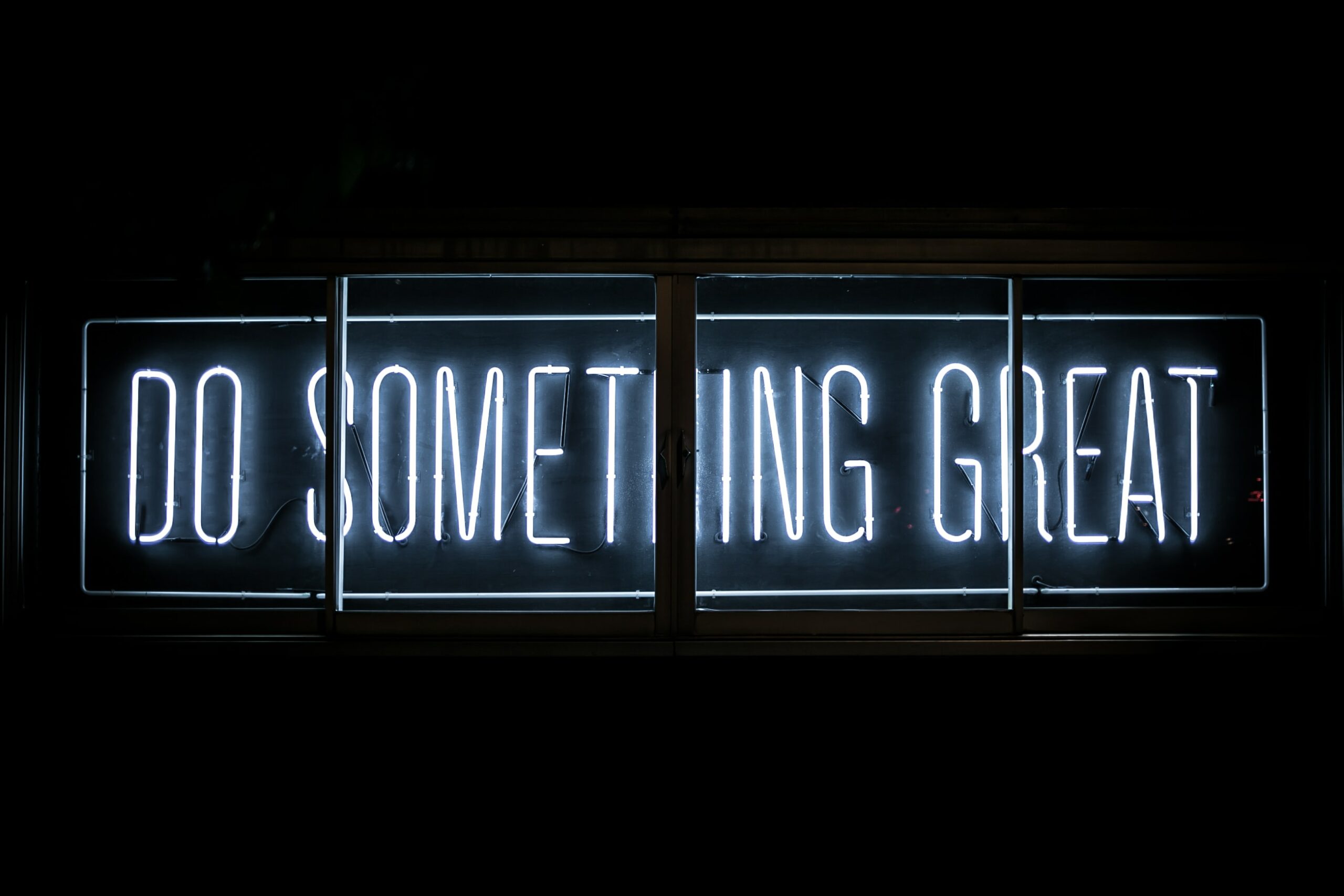
Fear, Trust and Values
By Annemieke Hartman-Jemmett
Timing is opportune for both employers and employees to take a long and hard look at how to shape the future – the new. The “great resignation” is presenting businesses with key skill sourcing challenges. In addition to finding talent, there will be those that remain stuck in focussing on revenue and profit only, as their sole business purpose. In short, businesses now more than ever before, need to stay relevant: to their target market [buyers] as well as their resources [talent].
Some early adopters have realised that the sole focus of revenue on profit is flawed and that it is time to look at what offers value to both employee and employer, as well as the wider business reach such as external resources. Rather than identifying them each in such a singular way; Why don’t we start to call all these individual groups ‘Communities at Work’?
More and more, we start to move towards purpose led business, having a common goal. A goal that means something more to all involved. Many individuals already identify looking for purpose led employment as finding “my tribe”.
Great! Now we have found a compelling approach. Successful at focussing on joint common goals with passionate people in a purpose led businesses, working together to create long lasting and often game changing change. The scene is set and the perfect platform and infrastructure is created for maximum impact and growth. With growth, I mean it in its broadest sense; opportunities to effect change, measurable impact to the community and its reach and ultimately financial rewards.
What can possibly impact the cohesion that is created? It is clear that the more that is shared as a group [driven by joint values] the better change that is outside of your direct control can be anticipated and a solution fitting everyone can be found to overcome the challenges being faced.
The Business
For a number of years, I was involved in the plastics packaging business. An innovative bulk size packaging solution was introduced to the market by a small number of disruptive businesses and in the early years, it was all about changing environmental impact, reducing waste, water and materials as well as lowering the number of trucks needed to transport product.
Even as competitors, in the early days, there was a common game changing goal enabling an opportunity to create a community. A joint goal that the businesses could, at their core, fight together. The additional external communities could seamlessly be linked to this community; brand owners, the waste industry, consumer representative groups, the materials supply chain, makes of new legislation and more. What an amazing change to effect real long-term change.
With the societal change in attitudes towards single use plastic, the tide started to turn on all plastic packaging. Plastics are still a key component in ensuring that consumers, can have their basic food and beverage needs met; especially in the significant consumer led “on the go” products right through to the provision of extensive customer choice. Tentatively, a community started to form that focussed on the non-competitive elements in ensuring the businesses involved were responsible and accountable in the industry.
Shortly after, the press decided, now a number of years ago, to start to highlight the issue single use plastics presented [and presents to this day] in our environments; from sea life to urban life. A robust solution was required to turn the tide. The industry had started off with common environmentally driven values that were translated into goals. Now being put under pressure, it could be observed that “players” in the industry were looking to protect their position “with lightning speed”. Where possible each individual business started to identify areas where they were able to maximise their commercial gain; the environmental goals soon started to get less and less prominence.
Good examples, of this commercial advantage, was the integration of higher percentages of re-used plastics in newly produced products. So even though values are in the main aligned, there are different commercial drivers and therefore the business-critical elements at play prevented a joint approach going forward.
With the external pressure and scrutiny presented, by the press and brand owners, the sharing of information slowed down and in certain situations stopped altogether. Where previously there had been a perfect opportunity to create a stakeholder association with broad representation for long-term result – the moment had passed.
Information sharing until that moment had been valuable to all involved. It had created trust across businesses and allowed all to progress their individual business goals, yet in line with common values delivering game changing solutions that would positively impact the environment.
With this change “in the tide”, information started to flow much more slowly, and in some cases, stropped flowing all together. This in turn started to create mistrust. The conversation started to focus on commercial loss rather than commercial gain. Protecting rather than growing. Worst of all, trust was seriously eroding. With all of this change, a fear started to creep in. And with the introduction of fear across the different businesses trust reduced significantly.
Innovation, was no longer shared – it was kept for commercial gain. No longer was the industry sharing information for a common goal; making the world a better place and sadly trust is no longer shared amongst those operating in this industry.
The key point here is, that unless there is a focus on joint values and shared outcomes, with a key need to protect the planet for future generations built on trust, everyone will lose out if fear becomes the driver of joint responsibilities.
It is critical that new ways of securing commercial success are identified that combine individual goals whilst securing much broader Environmental, Social and Governance beyond the role of the business. Keeping fear at bay, maximising trust across the community whilst maximising commitment to the values in everything done.
The Individual
The last 15 years, I have been actively involved in a number of businesses focussed on high growth results delivery. In outlining the business overview, you could be tempted to say that it is the “businesses” fault for not taking more ownership of the values-based goal; removing plastic waste and improving the re-use of plastics in the supply chain.
In my experience, we all have an individual responsibility to sign up to the values when we join and align all of our actions to our common goal, authentically and inquisitively. For the community, made up out of all the individuals, to hold each other to account in a healthy progressive and supportive way keeping our eye firmly on the purpose and goals we set out.
This sounds easy in concept. In practice, it has been evidenced that all often we are all human. Personal goals will almost always outweigh the company-based values in times of individual crisis. And this is what, as leaders, we need to look out for, pro-actively identify and address . Fear is a choice, Trust brings us together, and Values you own them!
About the author

Annemieke has worked for many years as a Chief Commercial Officer covering diverse industries on a “global” stage bringing a fresh perspective, progressive new business revenues, and delivering growth objectives through combining traditional and digital strategies.
In her spare time, Annemieke sits as Co-Chair of the RAHM (LGBT) Community Leadership Council and is an active content contributor to BRAINZ Magazine. In the autumn of 2022, Annemieke’s book: Fear, Trust and Values will be available.
Social Media Handles
LinkedIn: linkedin.com/in/annemiekehartmanjemmett
Website: ahj.carrd.co
Instagram: @timezonepix
Image Source: Unsplash





